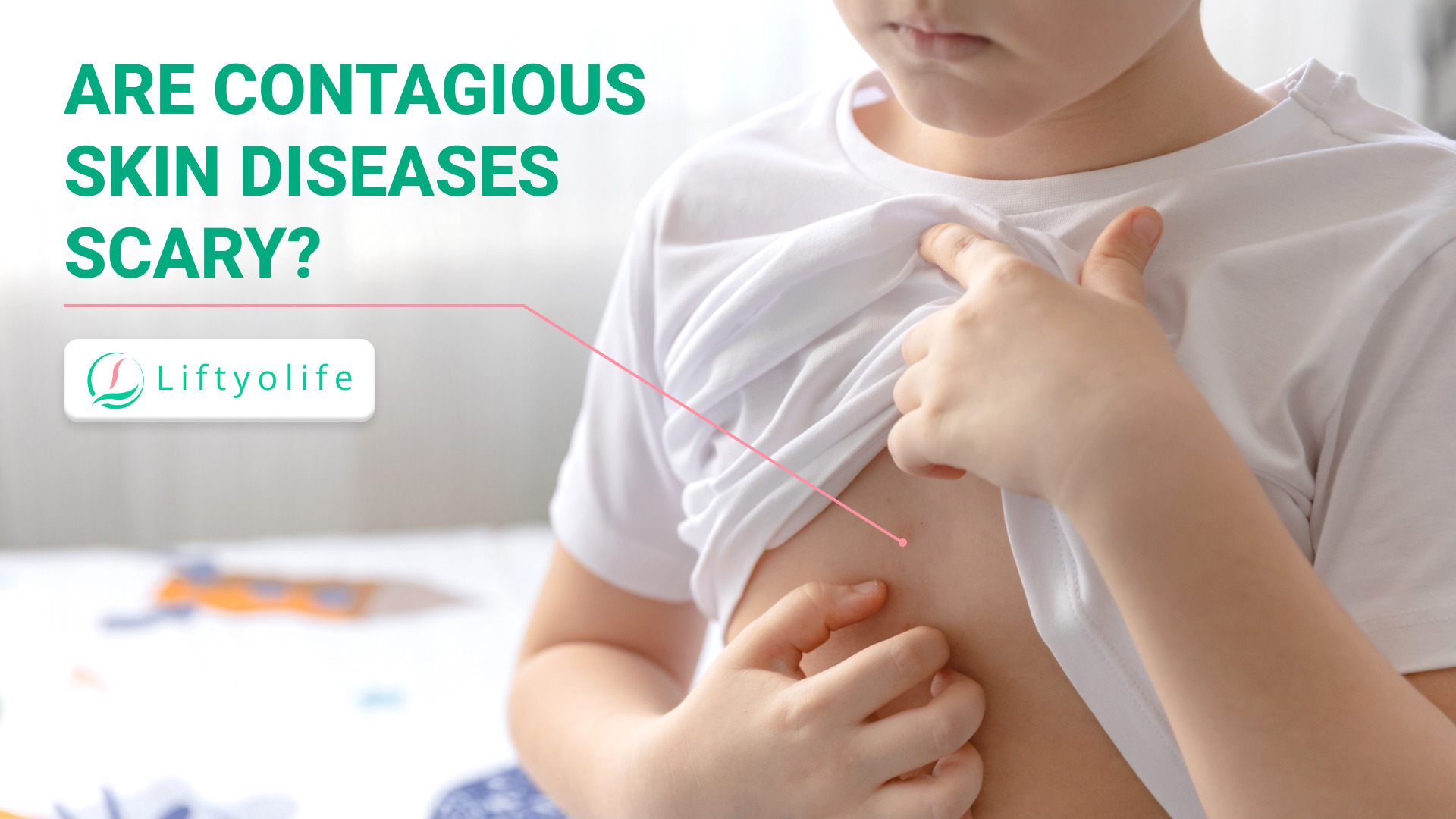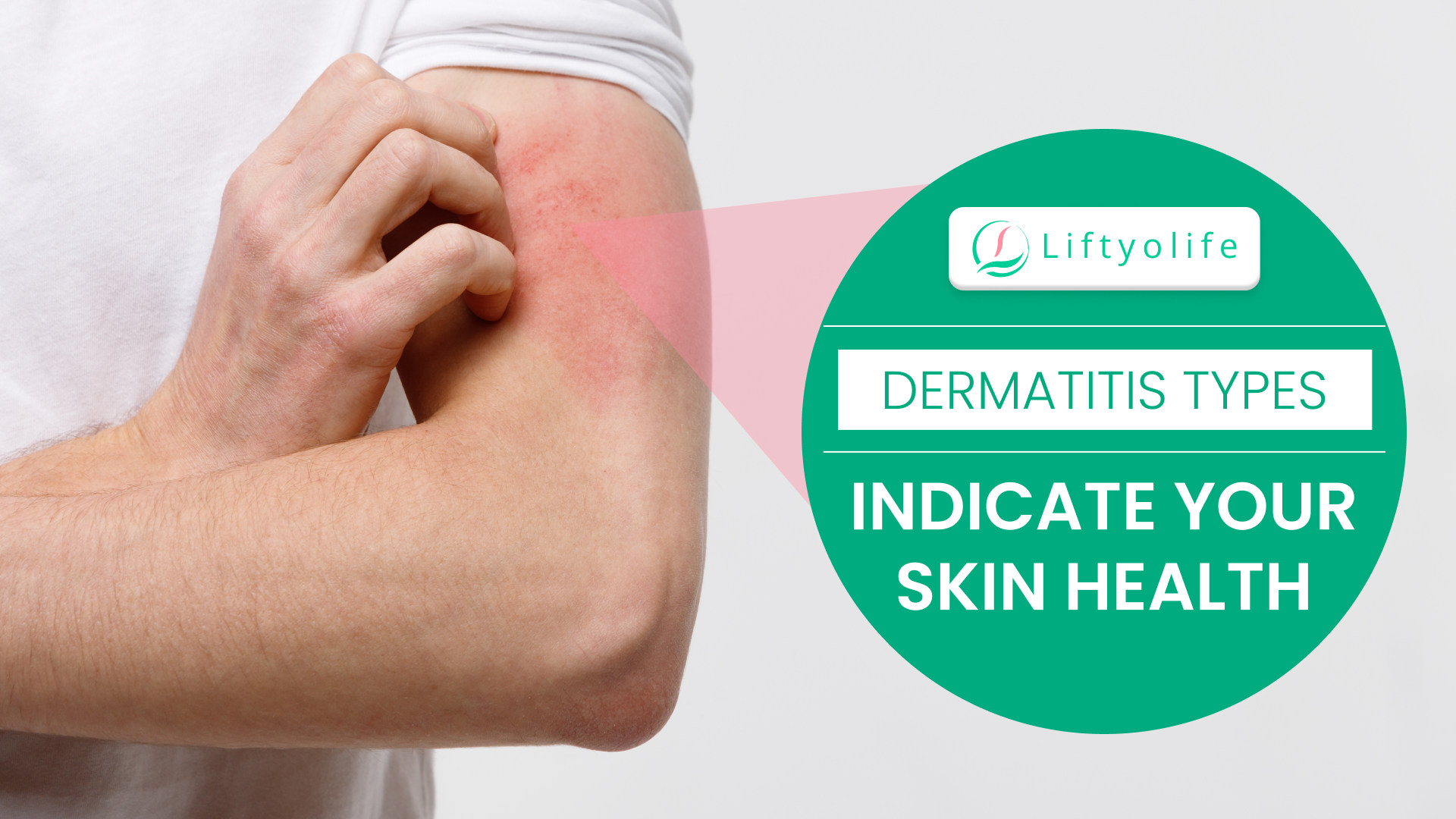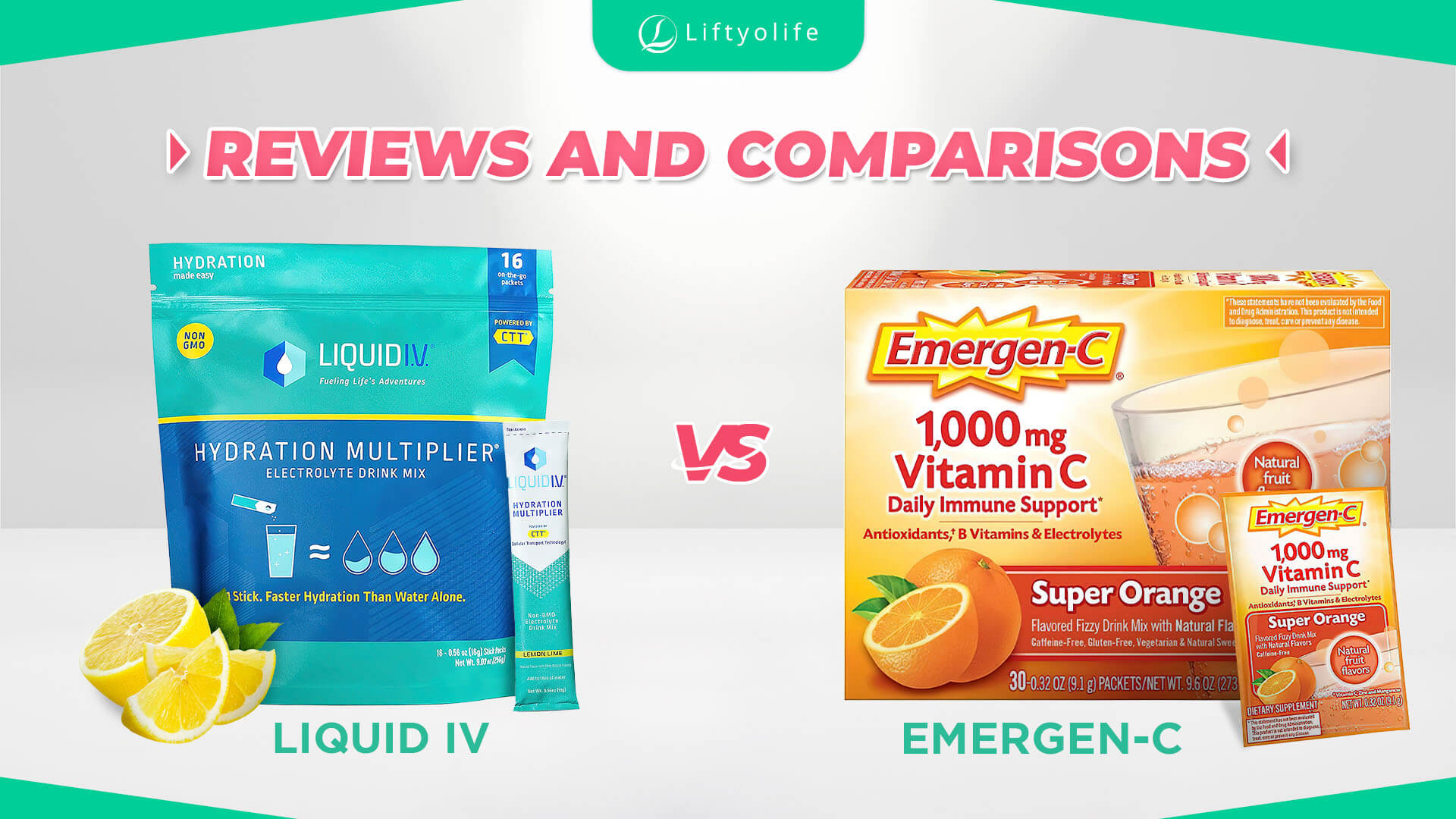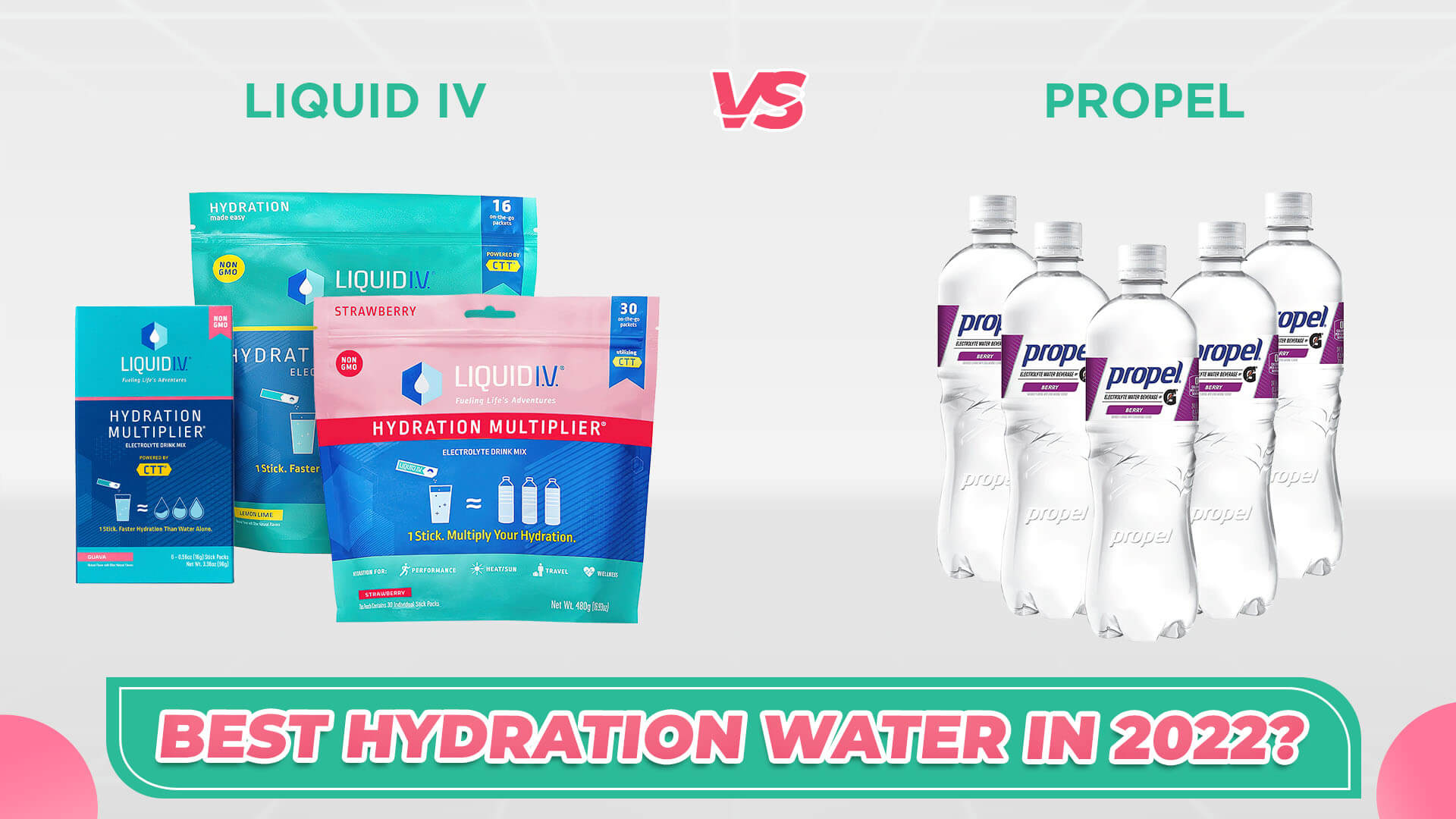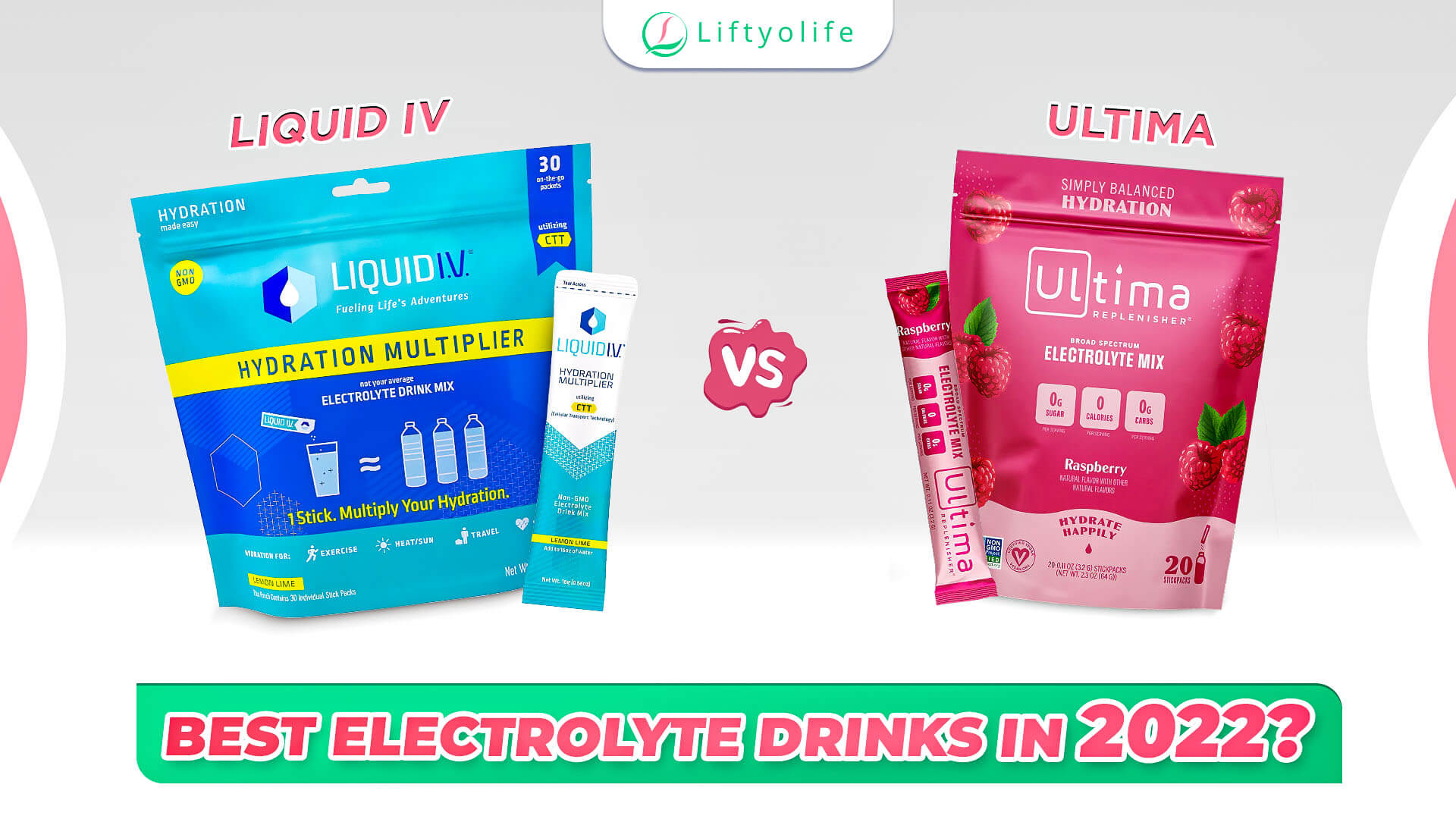5 Causes Of White Spots On Face & Treatment
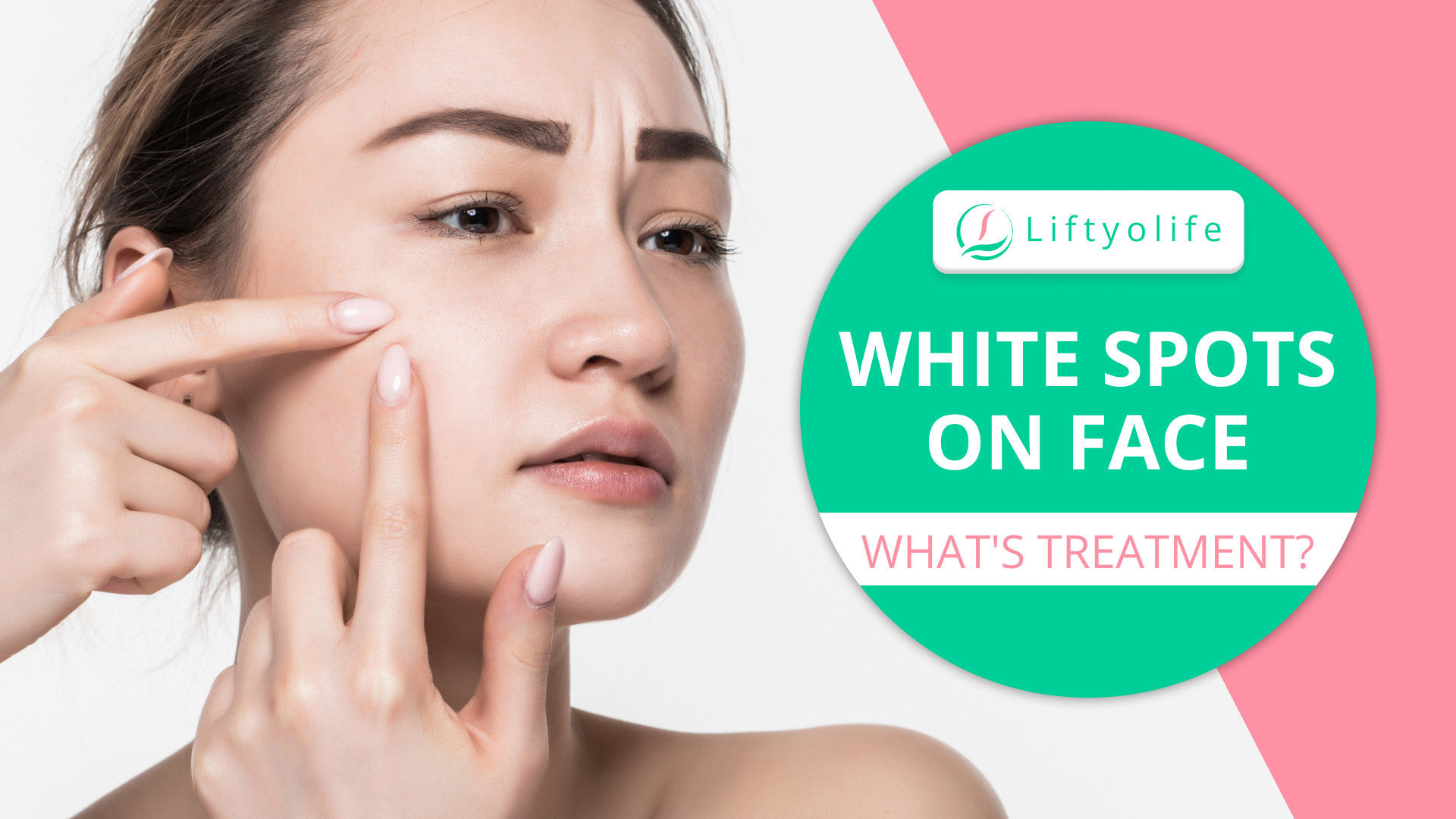
White spots on face are not harmful to your overall health, but they are unsightly and can cause your face to itch. This has a significant impact on your confidence, and it even affects your daily social relationships. These problems will make you irritable, mentally panicked, and exhausted. Fortunately, those white spots are entirely treatable; let’s go on an adventure with Liftyolife (liftyolife.com) today.
1. Milia
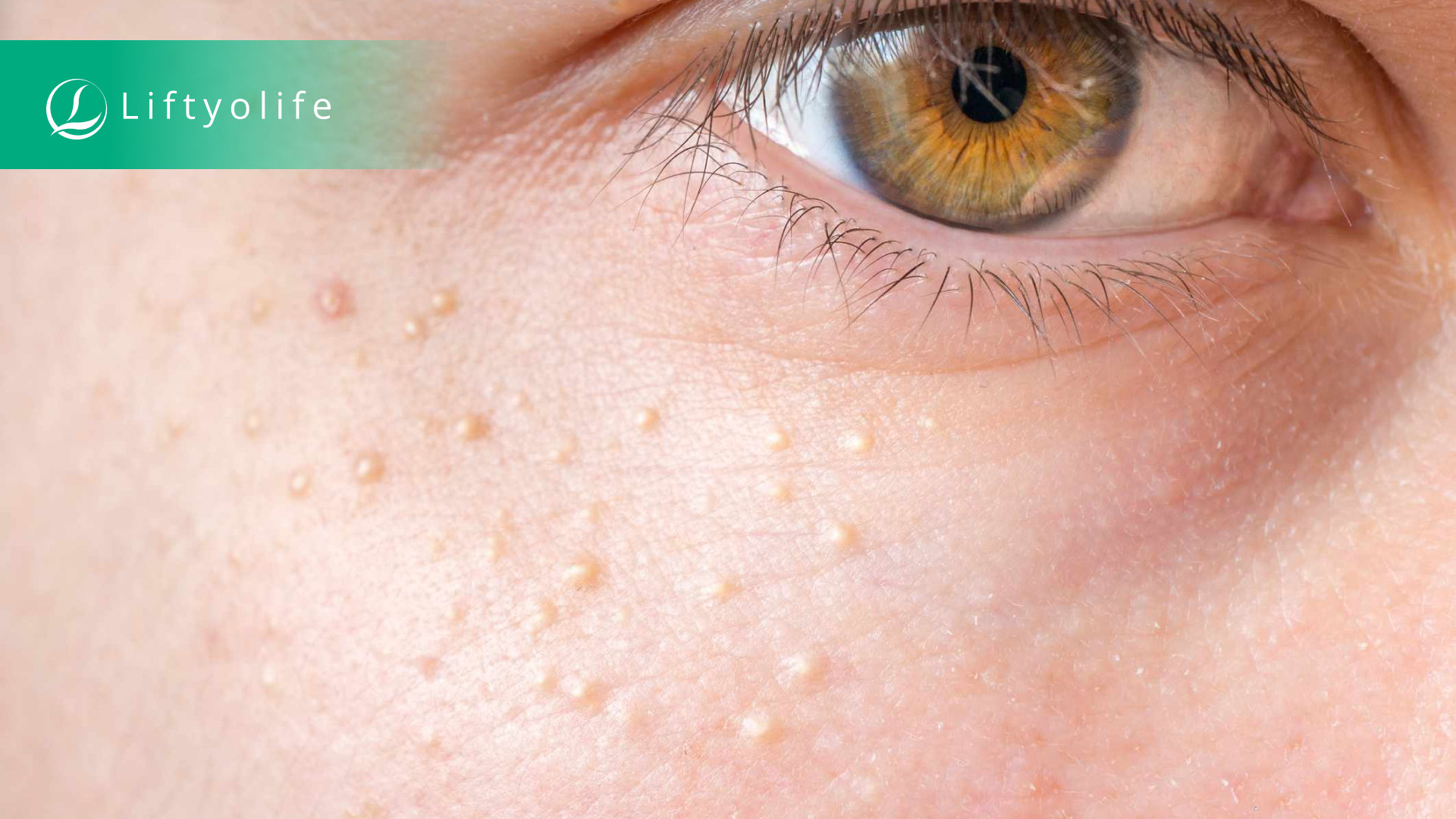
Milia
1.1. Causes
Milia are small, white, raised, painless bumps filled with fluid. They are usually 1–4 mm wide and appear around the eyes, cheeks, and nose. They only have an aesthetic effect and are generally painless and harmless.
Milia can appear as a result of an allergic reaction to a harsh skincare product or as a result of sun exposure.
In some cases, milia also develop milia en plaque, a rare condition. Milia are surrounded by raised, red, scaly, itchy skin in this condition. It could be a symptom of discoid lupus erythematosus (1).
1.2. Treatments
- The primary treatment method is retinoid creams and ointments, particularly those containing 0.1% tretinoin.
- Retinoid cream: This can be applied to areas other than the eyes.
- Curettage: A hot wire seals the skin after numbing the area and removing the milia.
- Microdermabrasion: The affected area’s upper layers are removed.
- Keratin extraction: Extract the keratin with a medical-grade needle.
- Cryotherapy: Liquid nitrogen is used to freeze the milia to be removed.
2. Vitiligo
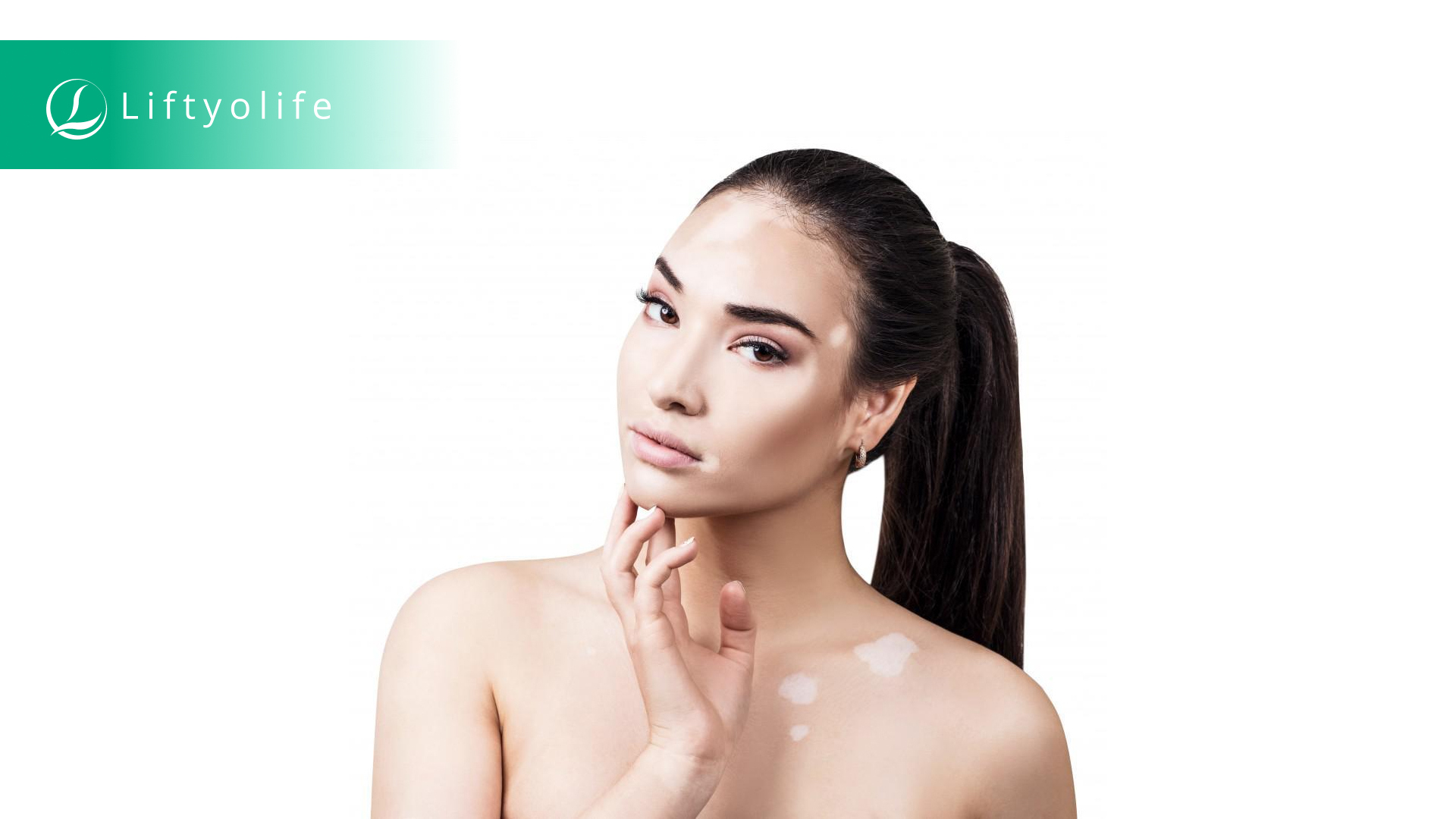
Vitiligo
2.1. Causes
Vitiligo is caused by the loss of pigmentation in the skin called melanin. Melanin, which gives your skin its color, is produced by melanocytes. There aren’t enough working melanocytes in your skin to produce enough melanin when you have vitiligo. This results in the formation of white patches on your skin or hair.
These patches may begin small and gradually grow until white areas cover a large percentage of the body.
2.2. Treatments
Vitiligo is entirely treatable. The severity of this skin disorder determines the course of treatment. To help restore skin color and stop the spread of white patches, your doctor may recommend topical creams, ultraviolet light therapy, or oral medication.
Skin grafts can also be used to remove small patches of white skin. Your doctor will remove the skin from one part of your body and attach it to another.
3. Tinea versicolor
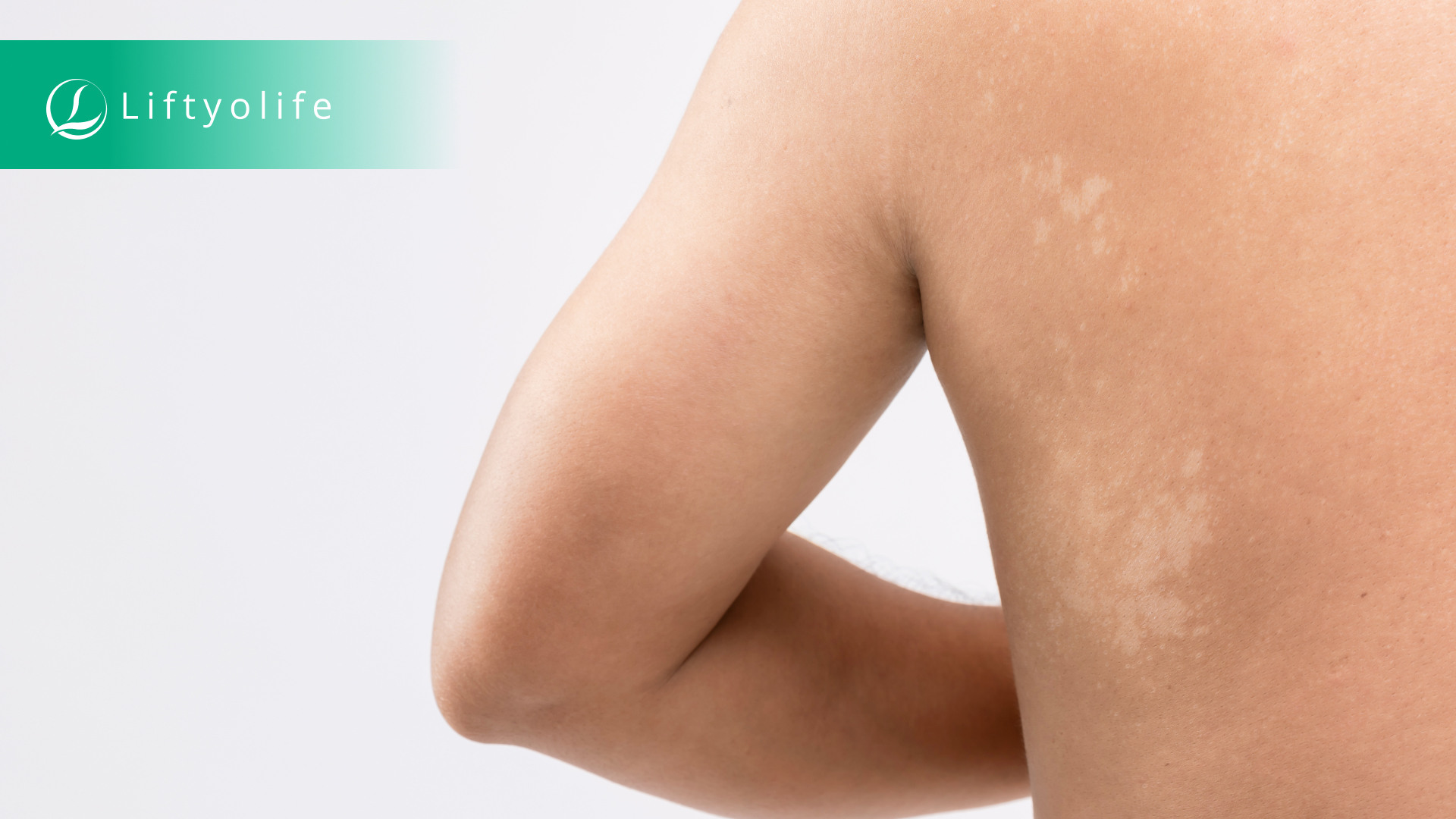
Tinea versicolor
3.1. Causes
Tinea versicolor causes white and brownish-pink spots to appear on the skin, forming lighter or darker patches. They are caused by fungus on the skin and are usually not contagious (2). Tinea versicolor is common, and its symptoms are more noticeable in hot, humid climates.
Tinea versicolor occurs when a Malassezia yeast causes an infection or suppresses your immune system (3). Factors such as humid weather, hormonal changes, excessive sweating, a weakened immune system, and so on may influence yeast growth on your skin.
3.2. Treatments
- Over-the-counter (OTC) antifungal medications can assist you in removing the discolored patches of skin.
- Tinea versicolor can be treated with antifungal creams, shampoos, and soaps, among other things.
- Other OTC medications (4)
- clotrimazole (Lotrimin AF, Mycelex),
- miconazole (Monistat, M-Zole),
- selenium sulfide.
- Topical creams (5)
-
- ciclopirox (Loprox, Penlac) (20),
- ketoconazole (Extina, Nizoral).
4. Pityriasis alba
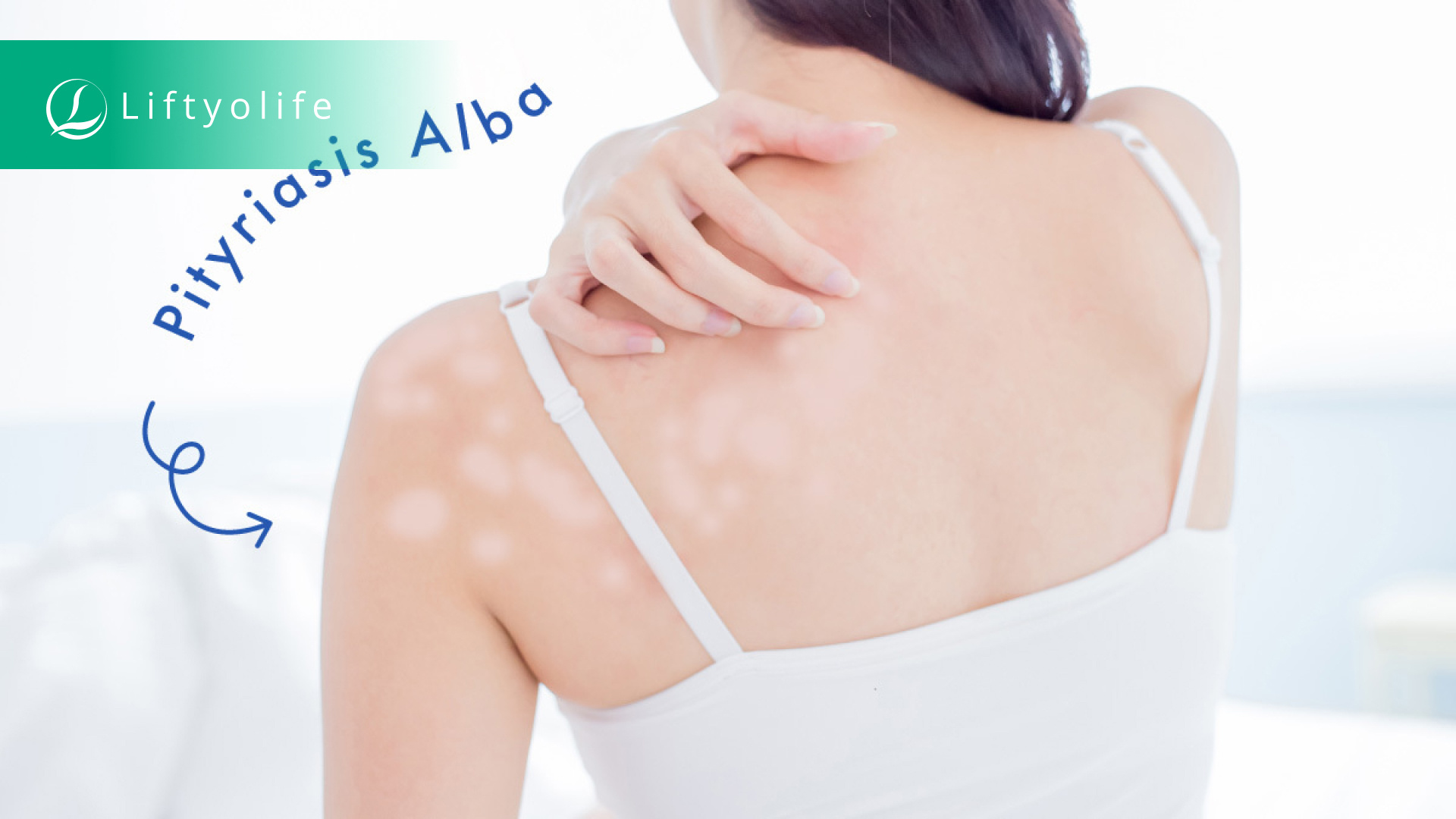
Pityriasis alba
4.1. Causes
Pityriasis alba is eczema. It appears on the skin as pale pink or red scaly areas that clear to smooth white (hypopigmented) patches. The condition primarily affects children and adolescents, with 5% of children worldwide developing it at some point.
What causes this skin disease? So far, doctors have not found an answer to this question, and the cause of pityriasis alba remains a mystery.
4.2. Treatments
Unfortunately, there is no specific treatment for pityriasis alba, but a doctor may use a steroid or non-steroid cream to relieve any itching or discomfort.
5. Idiopathic guttate hypomelanosis (sun spots)
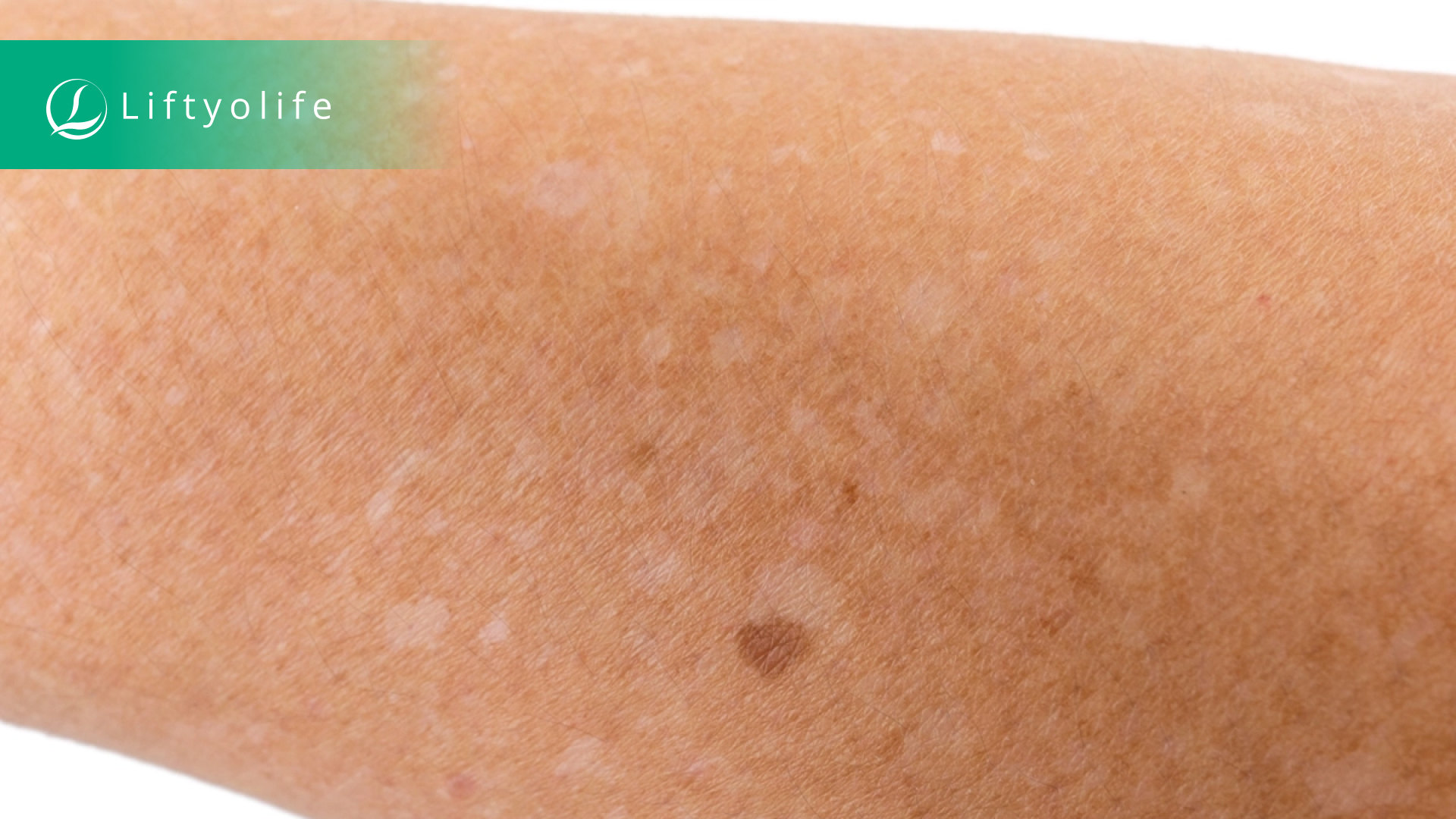
Idiopathic guttate hypomelanosis (sun spots)
5.1. Causes
Idiopathic guttate hypomelanosis (white sunspots) causes flat white spots ranging in size from 1 to 10 millimeters. These spots are not dangerous. This skin problem appears to be caused by prolonged sun exposure over time. However, the cause of the decrease in melanin in the affected areas is unknown.
5.2. Treatments
There is currently no specific therapy for this dermatological disease. Although it is not harmful to your overall health, it will diminish your beauty and confidence. As a result, steroid creams, camouflage creams, and dermabrasion can help to reduce the visibility of the spots.
White spots on face, in general, do not cause significant harm, but they can be itchy and uncomfortable. There are some skin problems for which there is currently no specific drug or radical treatment, so Liftyolife (liftyolife.com) recommends that you take care of your skin, particularly your face. Build a scientific skincare routine and use high-quality skincare products. Remember to use sunscreen regularly to protect your skin from the harmful effects of UV rays. We wish you had healthy skin.

